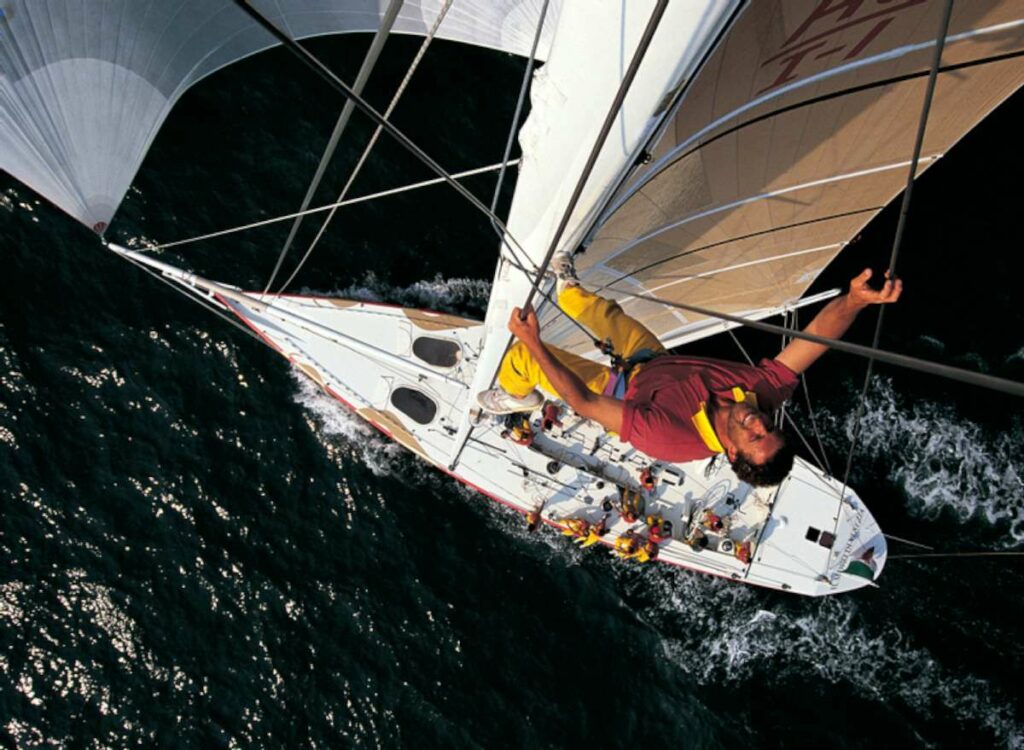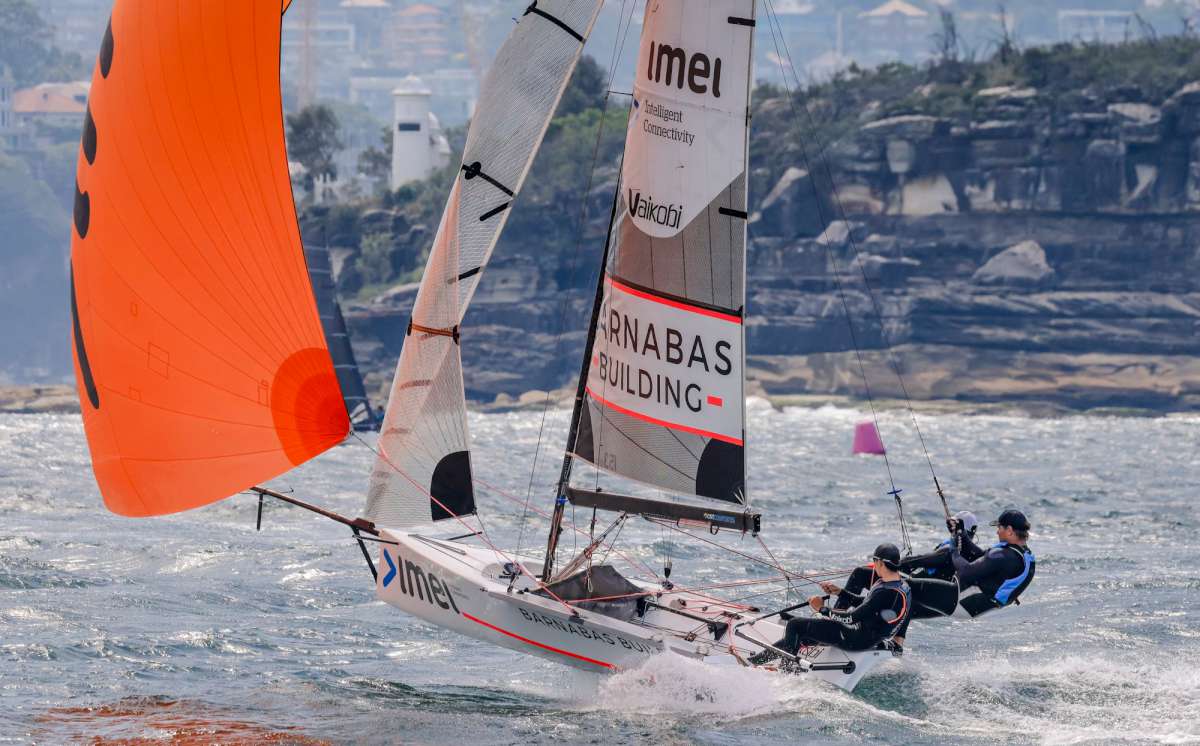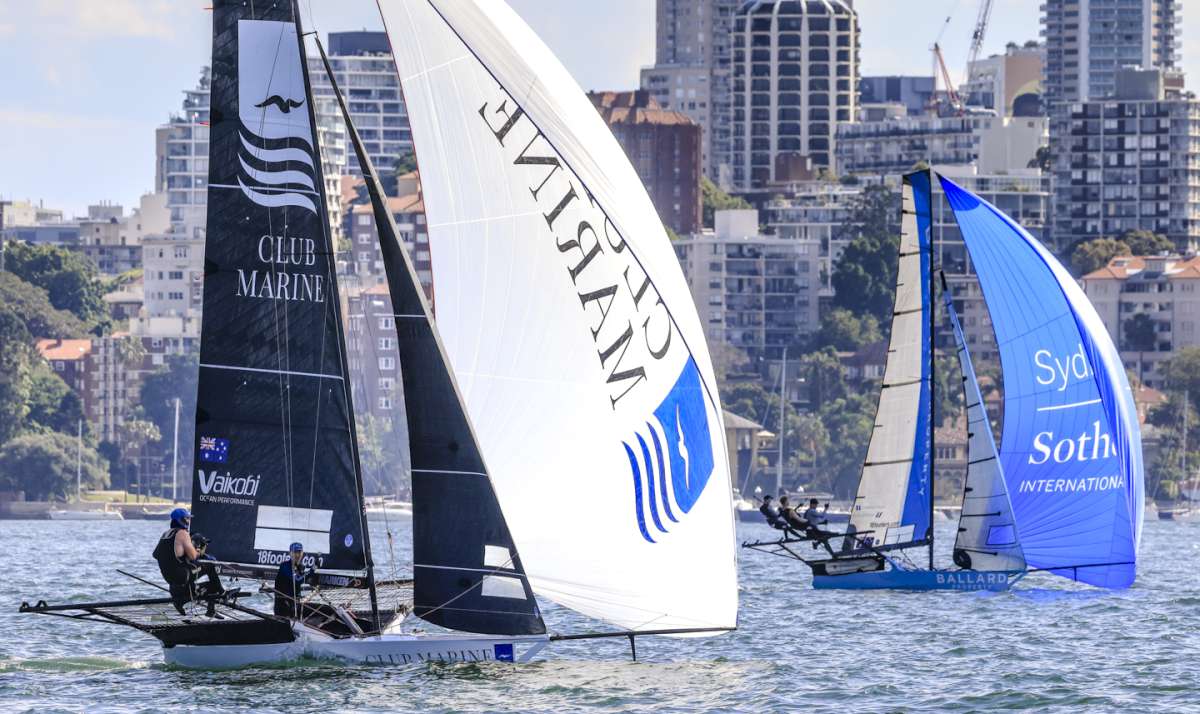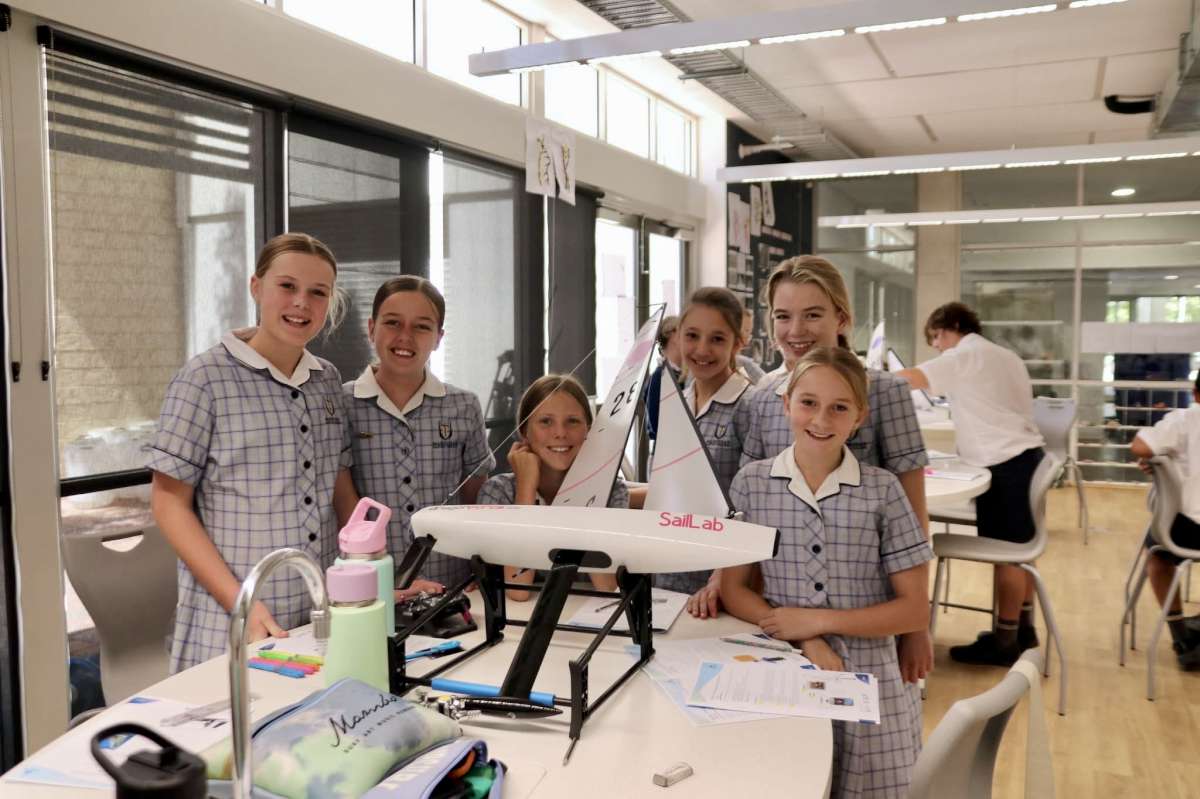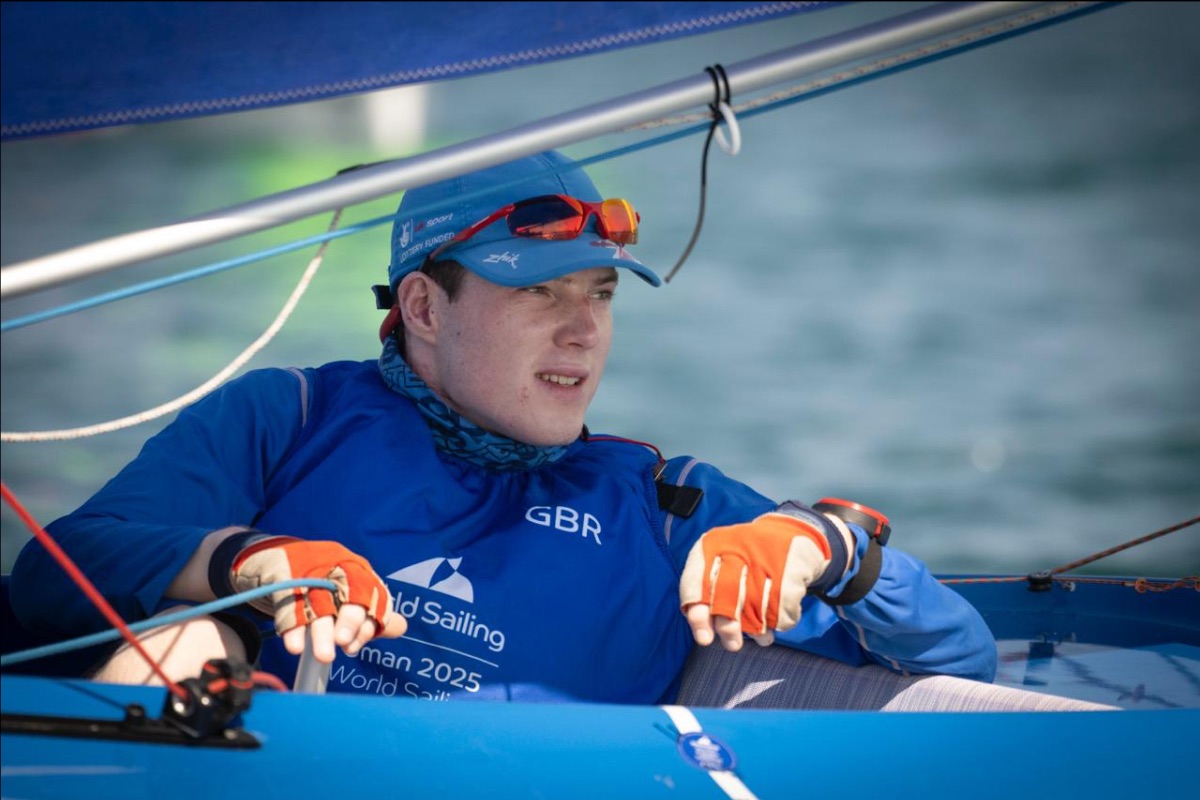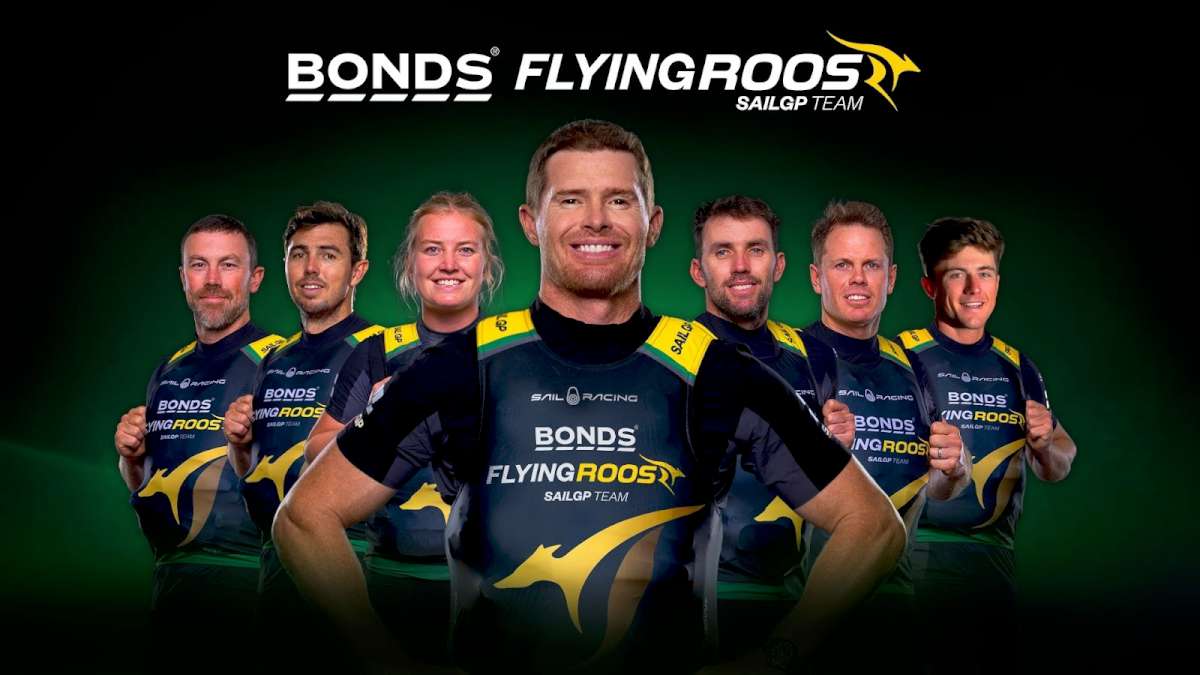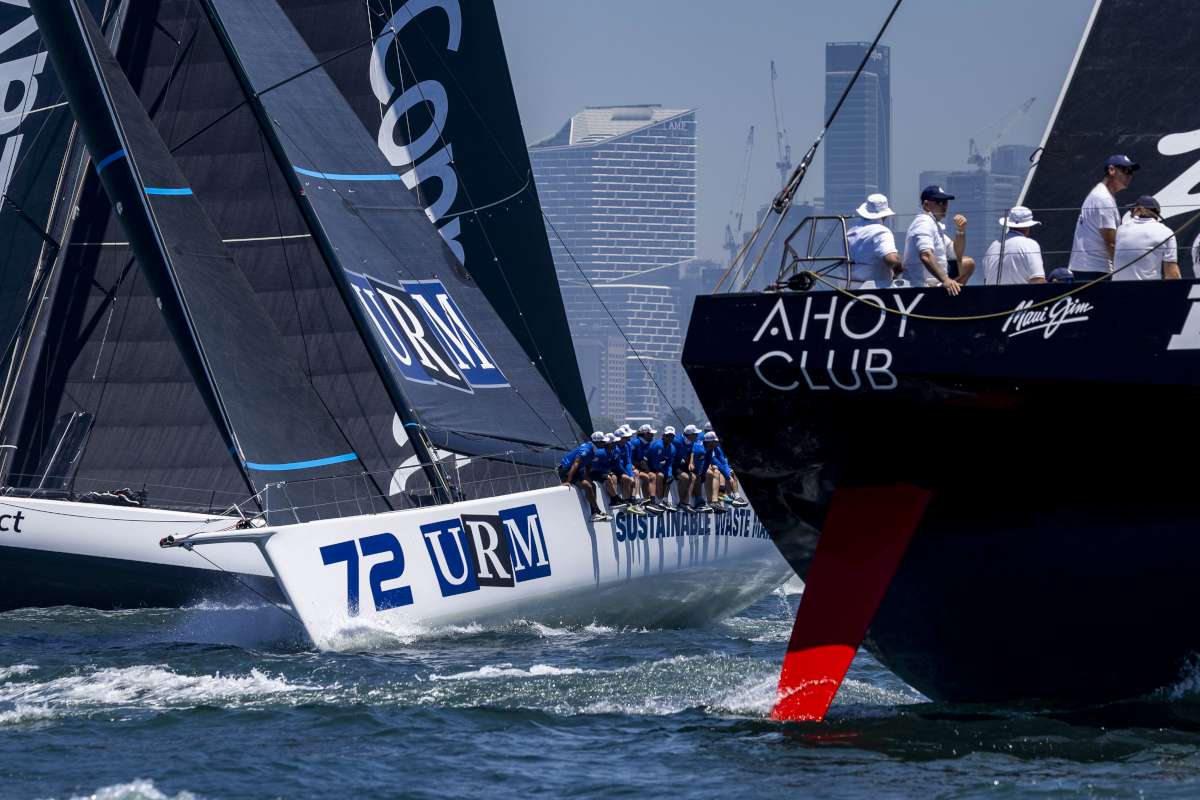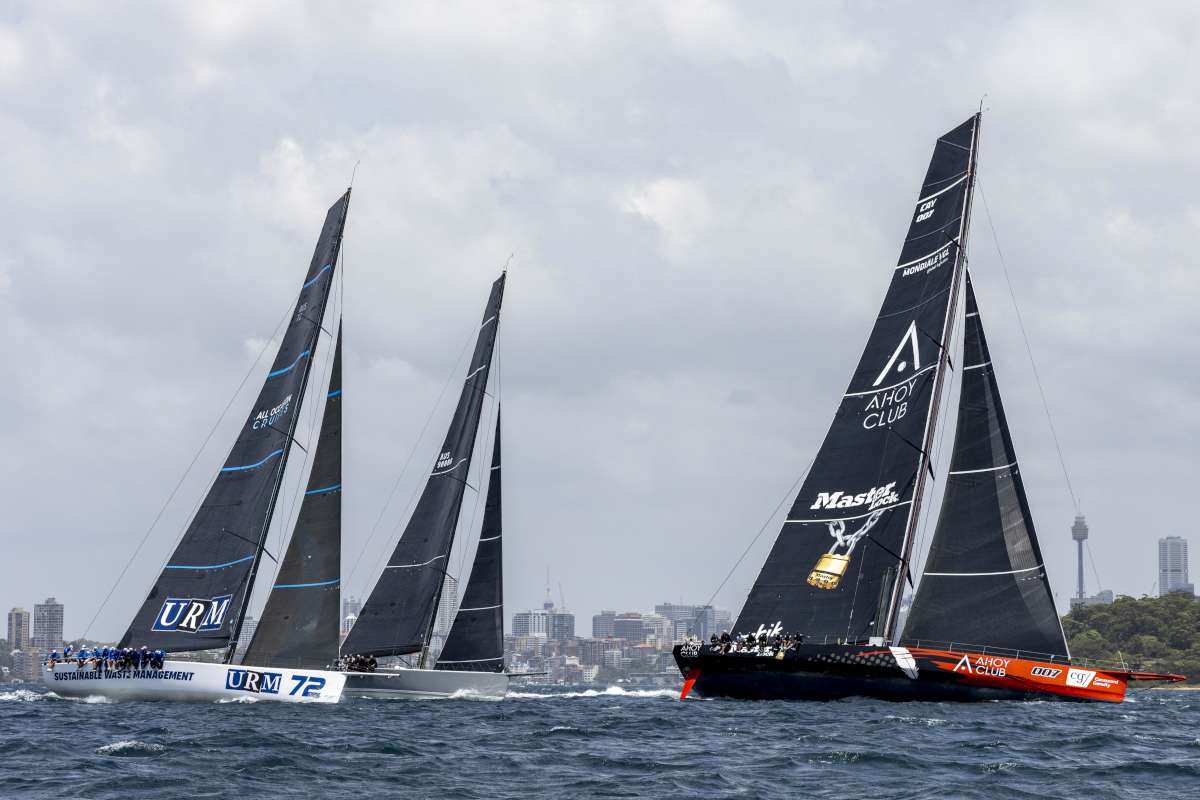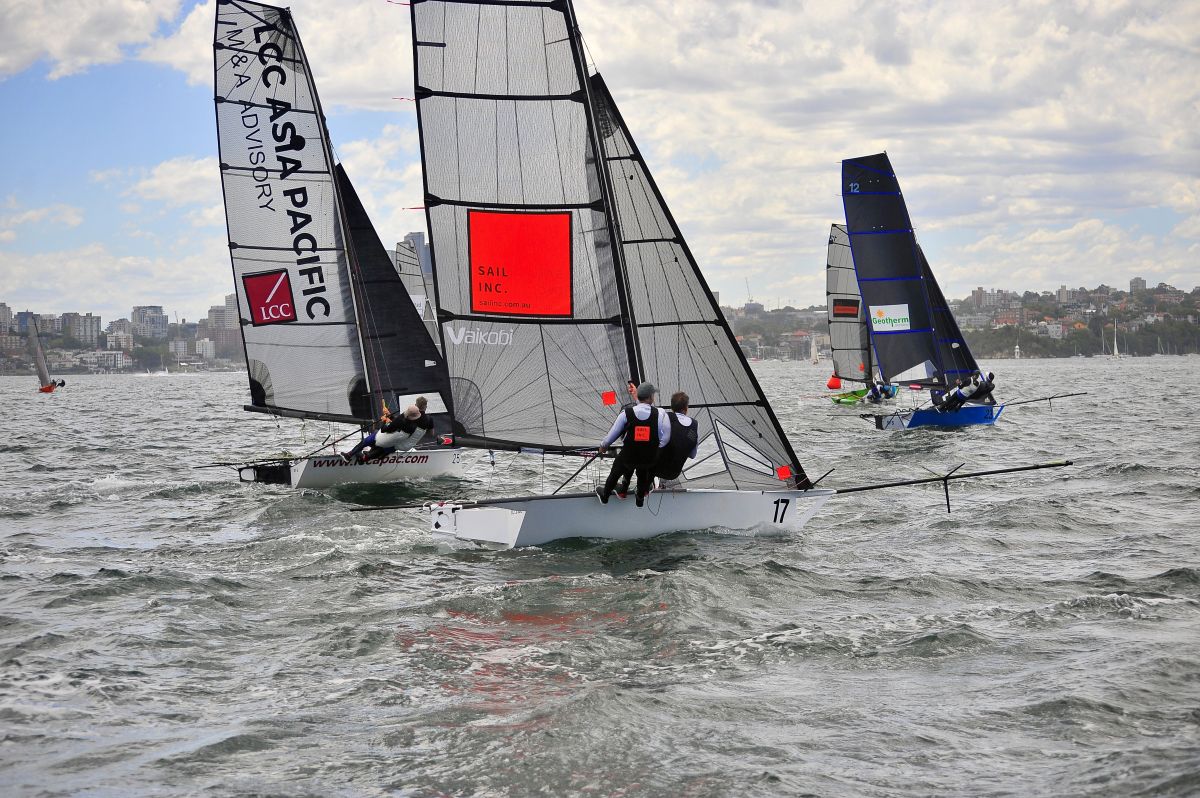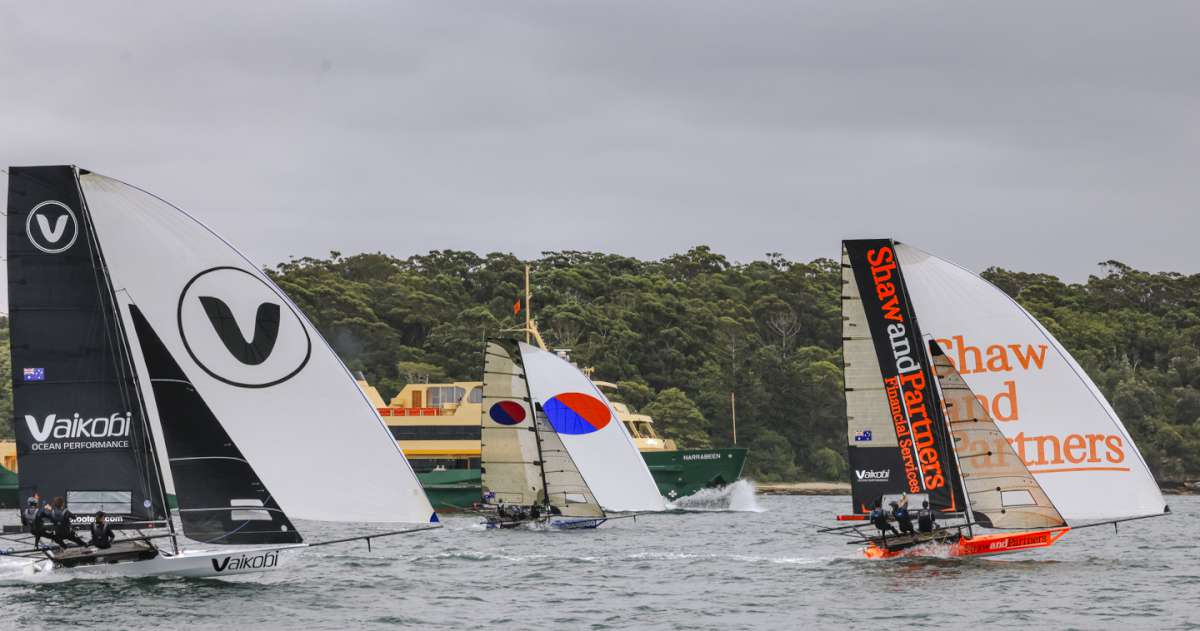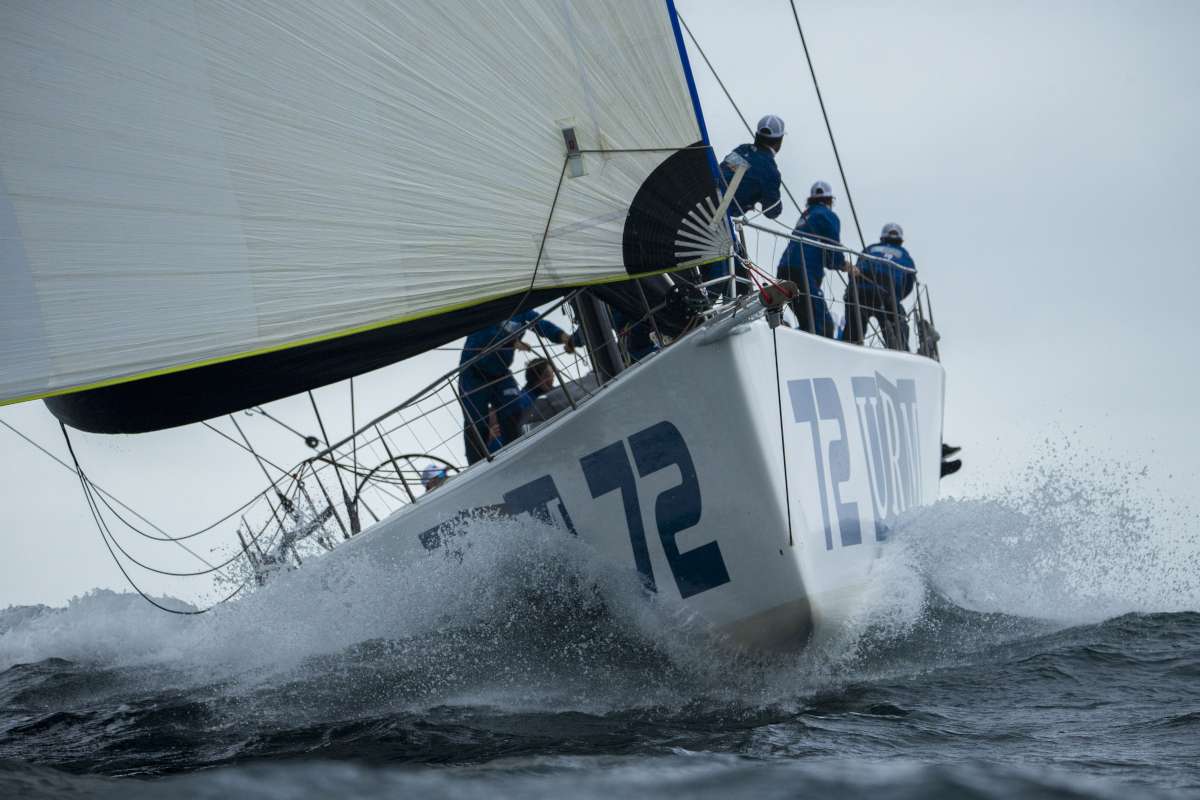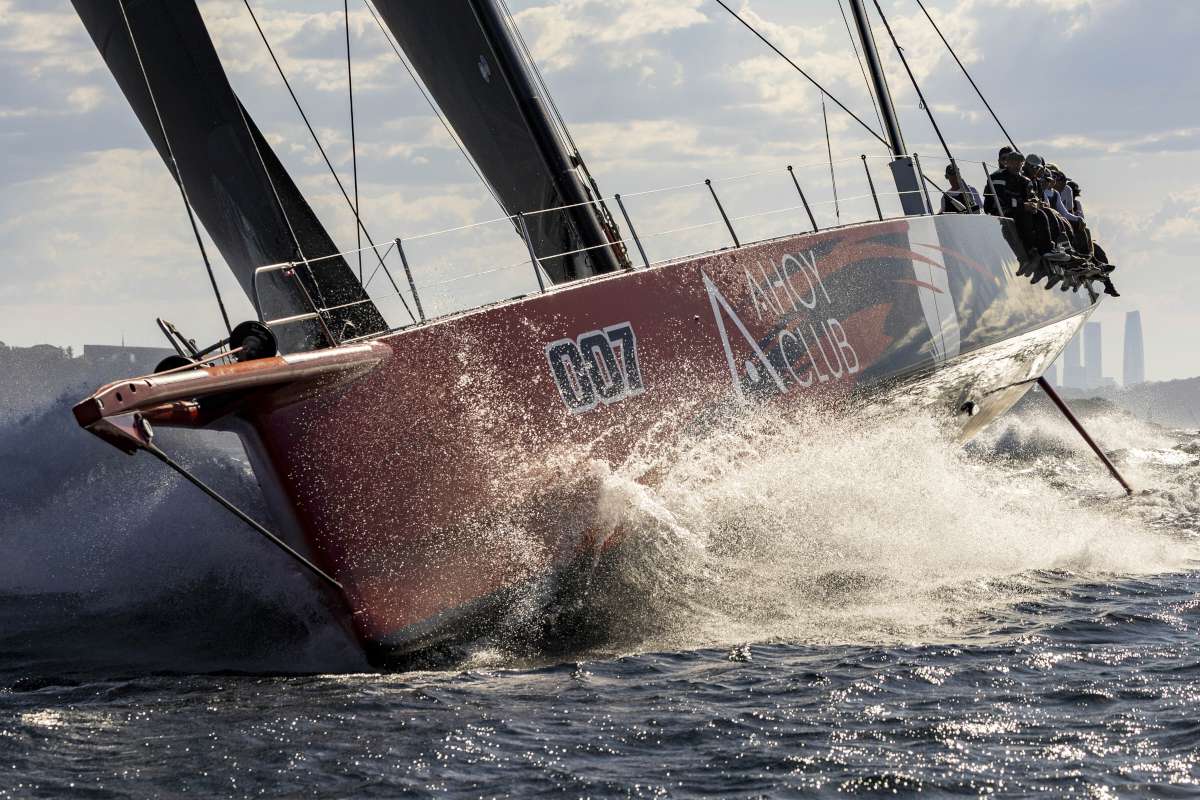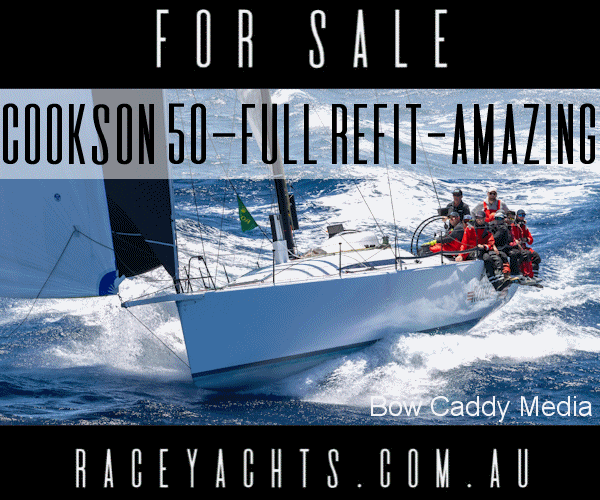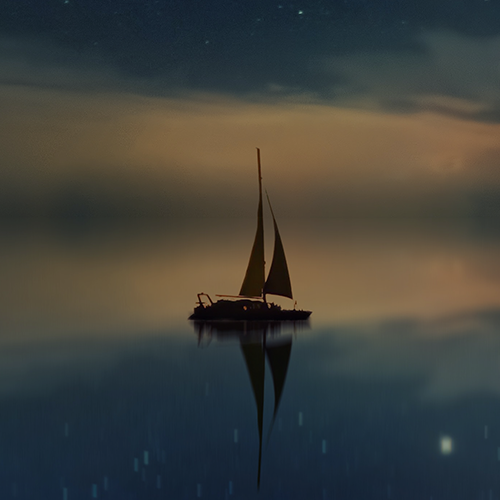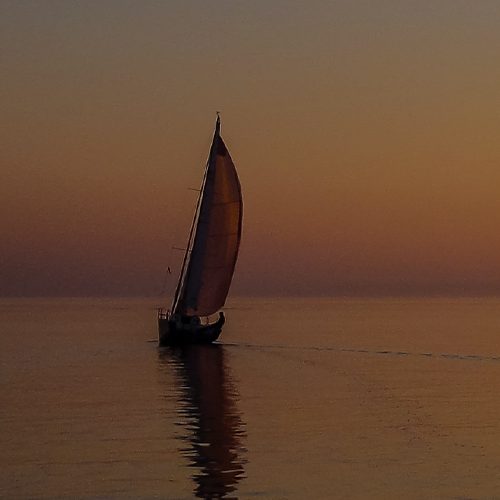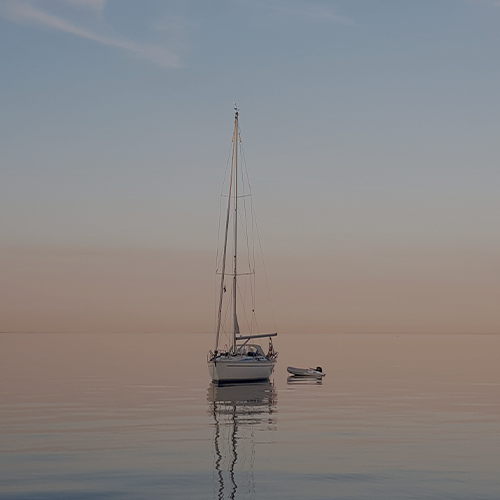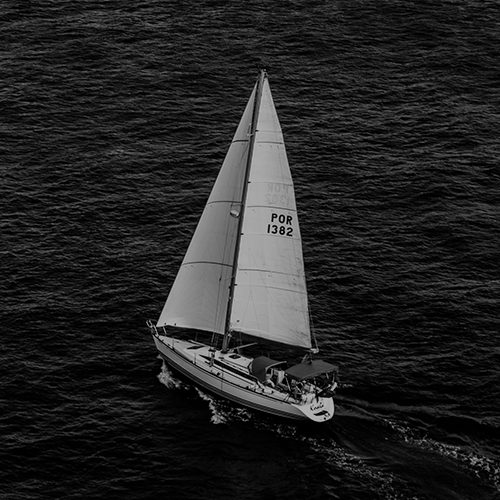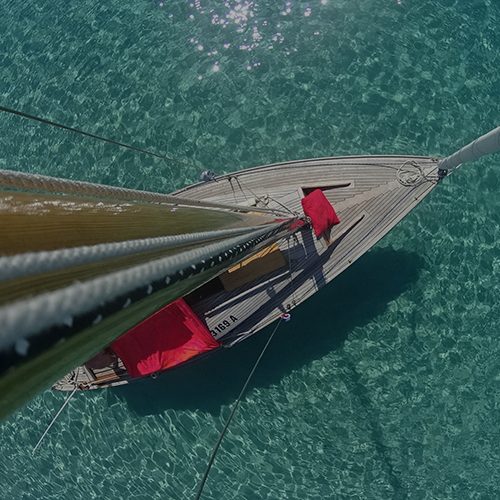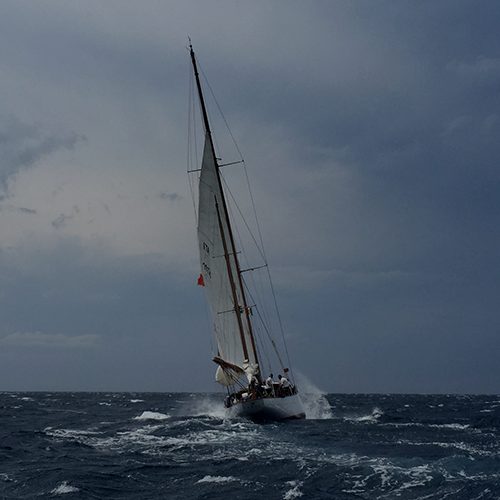The transition from colourful and applauded challenges of 1983 and 1987, to Challengers for the XXVIII America’s Cup in San Diego, was a pivotal moment in the history of Italy in the competition. The groundwork laid by the Azzurra and Italia syndicates, as well as considerable success in the offshore maxi boat scene, was enough to convince agri and chemicals businessman Raul Gardini to take Italian participation to the next level under the burgee of the Compagnia della Vela di Venezia yacht club. The result was ‘Il Moro di Venezia’, a five-boat programme that left no stone unturned in their quest to win the oldest trophy in international sport.
Gardini’s vision was to embrace technology and with the new International America’s Cup Class of boats being built in carbon fibre and hi-tec materials for the sails, the playing field was, in his eyes, level enough to warrant an all-out tilt at winning. It was a brilliant campaign, one that truly captured the Italian public’s spirit and support from the outset. A lavish $3m launch party in Venice, directed by Franco Zeffirelli, the famous film director, was spectacular, closing off the city and providing some of the most memorable images of Italian sailing heritage and style as this money-no-object campaign ratcheted into gear with huge ambition and flair.
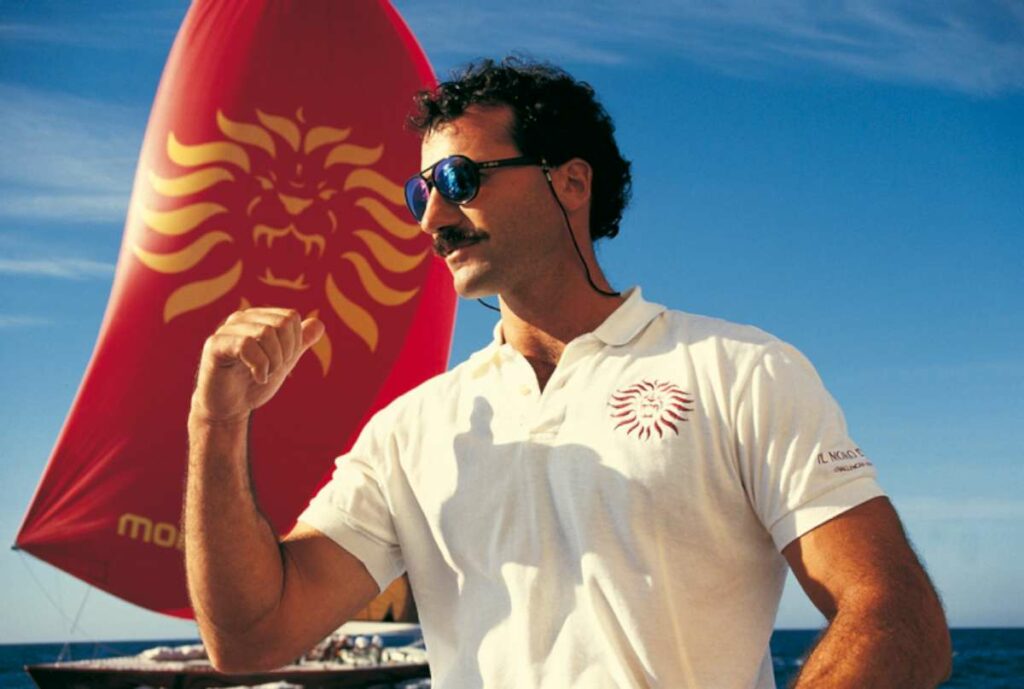
Leading the sailing team was 29-year-old Paul Cayard who had been involved with the Consorzio Italia team in a helming capacity and had also impressed Gardini by leading his team to victory at the Maxi World Championships in San Francisco in 1989. There was no recorded budget for the America’s Cup, but estimates put it at $100m – an eye-watering sum in 1992 and as Gardini stated: “This challenge arises from the understanding I have of sailing and the sea, and I have faced it both in sports and in the field of technology. With Il Moro we want to bring to fruition a pilot project in the area of technologically advanced materials.”
Whilst material science was ultimately a deciding factor at the 1992 America’s Cup, it was on the design board where the ultimate victory was won. Designers like Bruce Farr and German Frers were getting to grips with the new IACC rule and trading off between heavy and light displacement boats, narrow and wide hull forms, and radical versus refined keel, trim tab and rudder designs. German Frers was the appointed designer for the Il Moro di Venezia programme and the first two boats built – ITA-1 and ITA-7 – gave huge performance clues. ITA-1 was a moderate displacement whilst ITA-7 was super lightweight – something that the Italian team discarded after just three weeks of sailing.
Opting for heavy displacement boats, the next two Il Moro di Venezia boats – ITA-15 and ITA-16 – concentrated on the detailed sail programme and appendage development in order to provide the data and confidence required to build the final race boat – ITA-25. Raul Gardini proved to be a colourful team boss who deflected attention away from the team and very much gave them the most perfect platform on which to perform…
Interested in seeing more America’s Cup News ?
